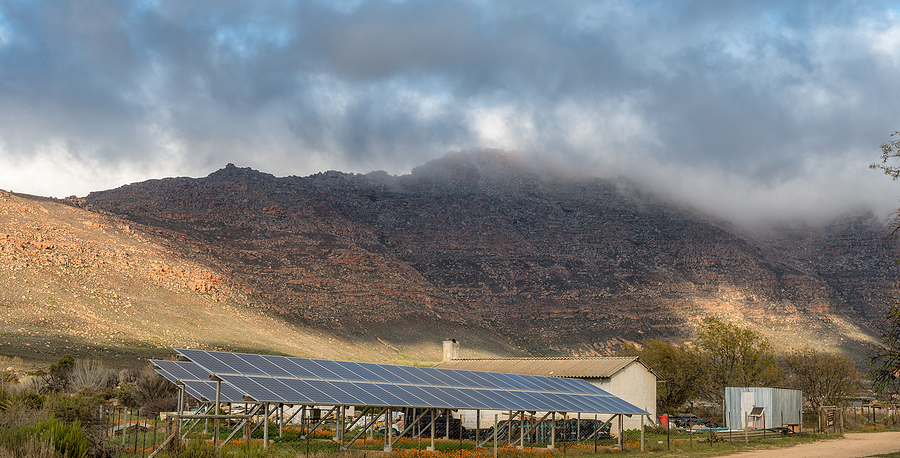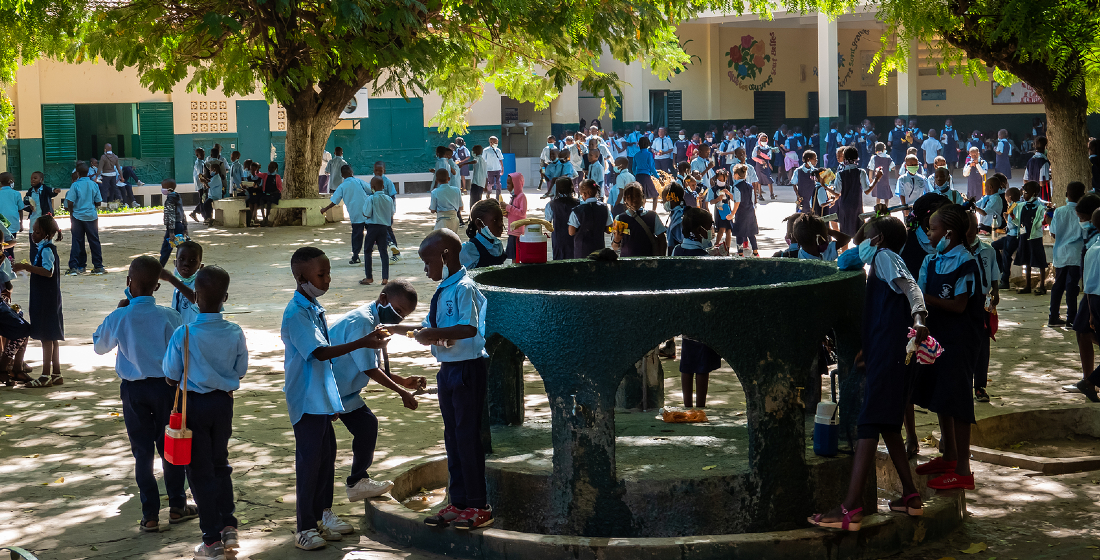DFIs go off-grid
March has seen a flurry of new financing commitments for off-grid renewable energy projects as DFIs look to accelerate deal flow in the fast-maturing sector.

The world’s leading development finance institutions (DFIs) are increasingly supporting off-grid renewable energy projects as they scrabble to meet their sustainable development commitments for equitable energy access while simultaneously weaning themselves off large fossil-fuels power projects.
The likes of the World Bank, The US’ Development Finance Corporation (DFC), The German Development Finance Institution (DEG), the Eastern and Southern African Trade and Development Bank (TDB) and France’s Proparco have all committed new funding to off-grid projects since the beginning of March.
“The DFIs have made these SDG commitments to help people get access to power and, in many instances in emerging economies, the only way you can really do it is with a mini-grid,” says international-development expert David Baxter. “The multilateral development banks are also under a tremendous amount of pressure not to finance large fossil fuels–powered power plants because of the environmental effects.” Baxter serves on the Steering Committee of the World Association of PPP Units and Professionals (WAPPP) and as a senior vice-president to the International Sustainable Resilience Center (ISRC).
A cheaper and more efficient alternative
Off-grid renewable energy solutions, including stand-alone systems and mini-grids, have emerged as a mainstream, cost-competitive option to expand access to electricity. Huge progress has been made in recent years: technology costs have plummeted, innovation in delivery models and financing has skyrocketed, and a wider range of stakeholders – including communities, local entrepreneurs and the private sector – have been drawn to the burgeoning sector.
According to the International Renewable Energy Agency (IRENA), the number of people benefiting from off-grid renewable energy solutions grew six-fold between 2011 and 2016, reaching more than 133 million. Besides providing electricity services for households, off-grid solutions are also increasingly supporting public services such as education, water and primary health care, as well as livelihoods in sectors such as agriculture.
“The biggest reason for off-grid energy in emerging economies is that you don’t have to build expensive supporting transmission infrastructure,” explains Baxter. “There’s a move away from massive national grids; where you lose a lot of power through the transmission, it’s expensive and involves huge capital outlay to set up. Why do that if you have more compact, self-reliant grids using alternative technologies?” Recent research Johns Hopkins University and the University of Marylandhas indicated that only half the electricity generated for the national grids of developing countries such as Haiti, Iraq and The Republic of Congo actually reaches the consumers as usable power – the other half is lost en route.
Spring blooms for DFI off-grid finance
On 24 March, the DFC signed a credit guarantee on a portfolio of loans arranged by Trine AB – an off-grid solar crowdfunding platform – to expand access to off-grid renewable power and lighting solutions. The $10 million DFC guarantee, with a focus on expanding electricity provision across Latin America and the Caribbean, is aimed at catalysing $20 million in loans arranged by Trine AB to bolster companies supporting solar home systems, commercial and industrial solar projects, and mini-grids.
On 18 March, DEG invested in SolarWorX – a Berlin based off-grid solar group – as part of the start-up's series A investment round. The German DFI is using funds from the develoPPP.de programme of the German Federal Ministry for Economic Cooperation and Development.
On the same day,TDB announced the launch of a $75 million SME Off-Grid Facility, which will facilitate access to debt financing for African SMEs. By prioritising infrastructure projects with significant development impact and high private-sector mobilisation potential, the facility will finance projects aimed at providing communities with access to improved, reliable, and affordable electricity, efficient transport and logistics services.
On 15 March, the World Bank approved $22.5 million in additional financing to the Regional Off-Grid Electricity Access Project in Western and Central Africa. The financing will come in the form of grants from the International Development Association and the Clean Technology Fund (CTF) to support the development of the market for stand-alone solar products in Western and Central Africa.The project’s geographic scope covers 19 countries, 15 of which are members of ECOWAS (Benin, Burkina Faso, Cabo Verde, Cote d’Ivoire, Gambia, Ghana, Guinea, Guinea-Bissau, Liberia, Mali, Niger, Nigeria, Senegal, Sierra Leone, and Togo), as well as Cameroon, the Central African Republic, Chad, and Mauritania.
And right at the start of the month, Proparco invested €1 million ($1.2 million) in hybrid solar off-grid developer Nuru to allow the company to deploy its solutions in several provinces of the Democratic Republic of Congo. Nuru has already commissioned a 1.33MW hybrid solar power plant, one of the largest off-grid power generation facilities on the African continent.
“The DFIs are often offering grants for seed money to build the initial installation,” says Baxter. “Organisations like the US’ Millennium Challenge Corporation (MCC) are very focused on offering massive grants to emerging countries so that they can cut the capex costs of building these kinds of infrastructure projects. Loans and guarantees are obviously being provided as well. But also I think Public Private Partnerships (PPPs) will be key.”
A maturing market
It is estimated that by 2030, renewable energy sources will power over 60% of new electricity access, and stand-alone and mini-grid systems will provide the means for almost half of new access. With mini-grids, however, the scale of the initial investment and the transactional costs are still relatively high and often rural mini-grid projects don’t offer the sufficient economies of scale to attract private-sector financiers. For this reason, Baxter foresees more DFIs looking to finance clusters of mini-grids rather than on an individual basis. “That would push up the economies of scale from say $10 million to $300/400 million,” he says. “I know, having worked on it for a couple years, that’s what the US’ Power Africa initiative is trying to do. But the impact investors should start to take up some of the slack as well.”
Technological obsolescence may be a concern for some investors. “Are people going to invest a lot of money in a new system when in five years time, there’ll be a way cheaper and more efficient system?” But those kind of reservations don’t change the underlying forward looking trend: countries are slowly but surely beginning to fall in line with the sustainable development goals, particularly in respect to providing equitable access to power to the world’s at-risk communities – and off-grid renewable energy will be a key weapon in that fight.





